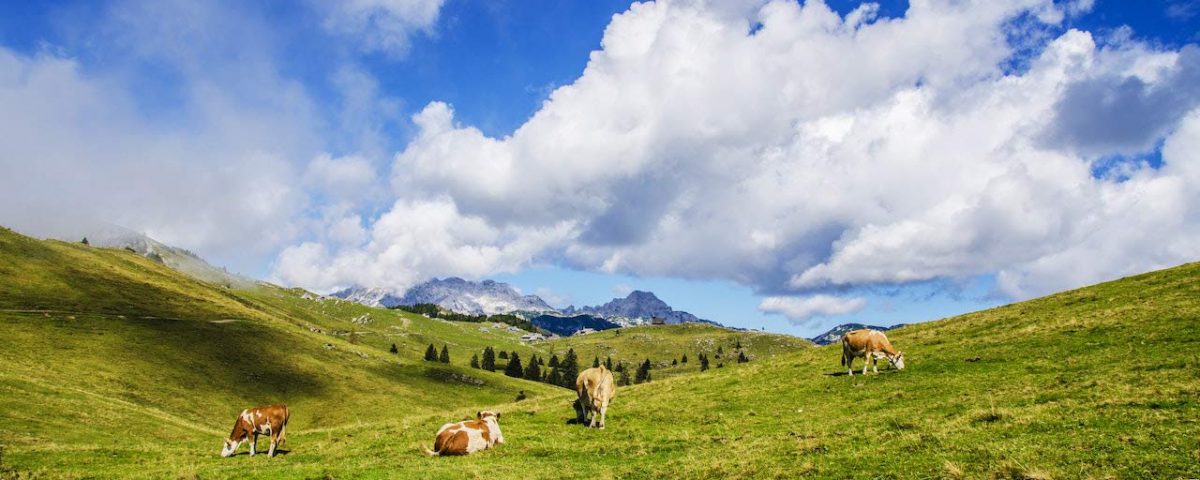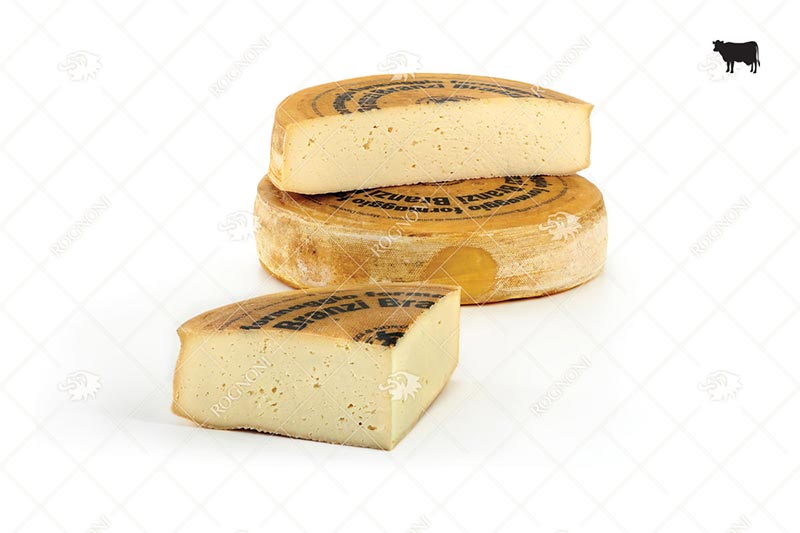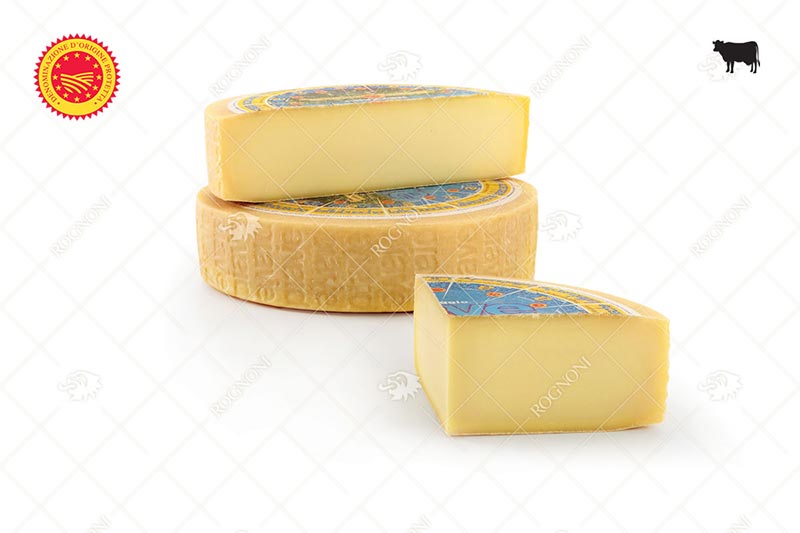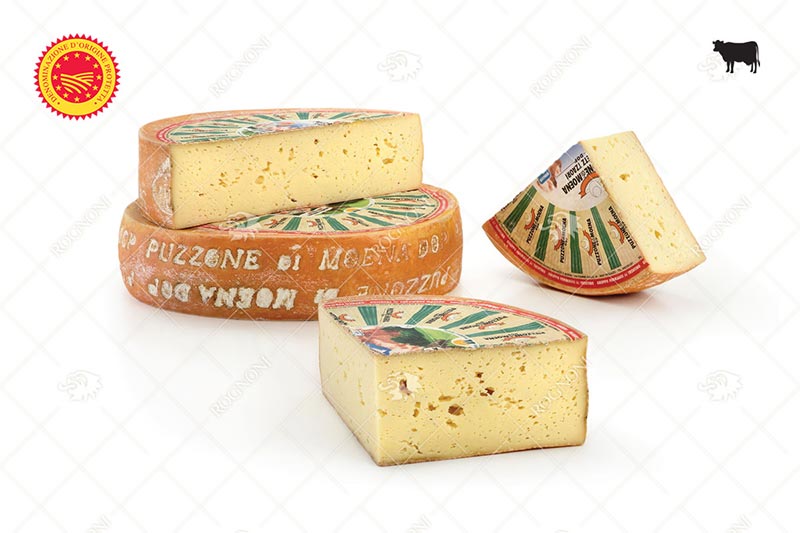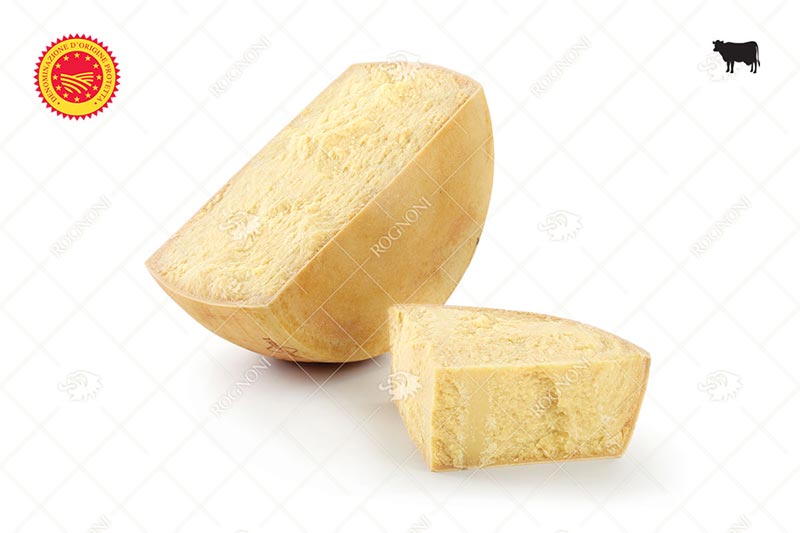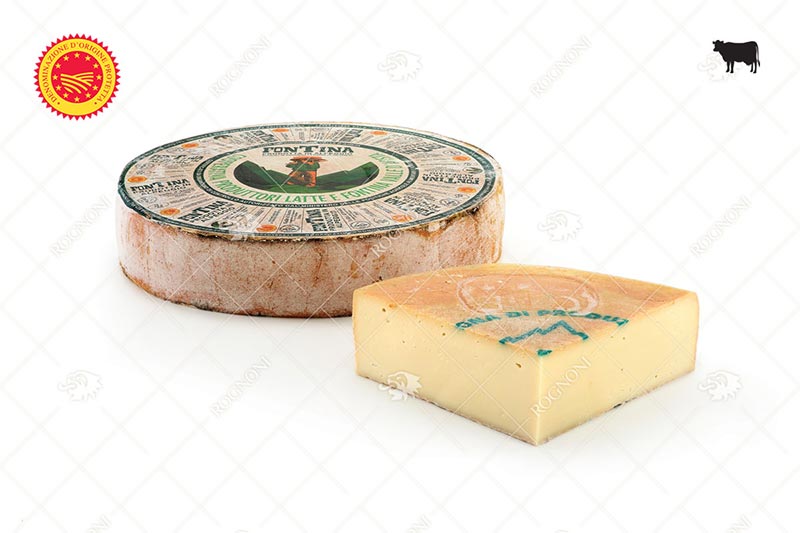- HOME
- PRODUCTS
- Cheeses
- Outstanding PDO products, Similar, Grated
- Taleggio, Quartirolo, Gorgonzola, Fontal
- Provolone, Provole, Scamorze, Pecorino romano
- Lombard, Piedmontese and Aosta Valley
- Venetian, Friulan, from Trentino, Tuscan
- Sardinian, Sicilian, Calabrian
- Goat cheese, Dairy of Upper Langa
- Swiss, French, EU countries and Specialties
- Fresh cheeses and Mozzarella
- Unique Cheese
- Cured meats
- Cheeses
- ABOUT US
- NEWS
- FAQ
- CONTACTS


- HOME
- PRODUCTS
- Cheeses
- Outstanding PDO products, Similar, Grated
- Taleggio, Quartirolo, Gorgonzola, Fontal
- Provolone, Provole, Scamorze, Pecorino romano
- Lombard, Piedmontese and Aosta Valley
- Venetian, Friulan, from Trentino, Tuscan
- Sardinian, Sicilian, Calabrian
- Goat cheese, Dairy of Upper Langa
- Swiss, French, EU countries and Specialties
- Fresh cheeses and Mozzarella
- Unique Cheese
- Cured meats
- Cheeses
- ABOUT US
- NEWS
- FAQ
- CONTACTS


Special Mountain Cheese (Part 1)

Spoonable gorgonzola blue cheese: how to handle, preserve and serve it
25 June 2021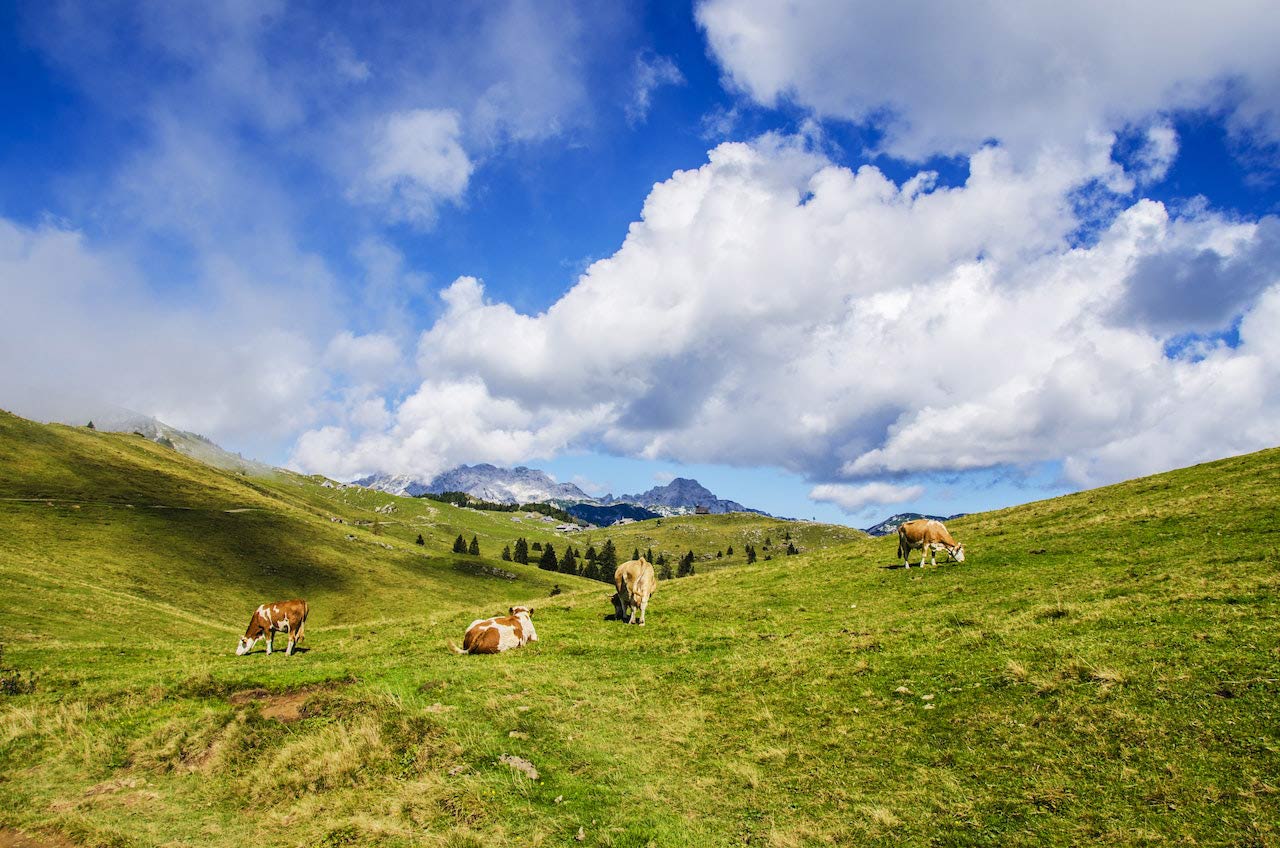
Alpine cheeses: how to rediscover the taste of your mountain holidays.
If you have ever spent a holiday in the mountains, we are sure one thing will have remained with you… the taste of mountain cheeses.
Whether they are renowned PDO excellent cheeses or cheeses from small mountain pastures, fresh or mature, between ancient wisdom and new production technologies, one constant remains: the quality of the fodder on which dairy cattle and sheep are fed.
Forms and cheeses enclose, as in a precious casket, all the aroma and fragrance of the high-altitude pastures and mountain pastures, with their incredible biodiversity.
And so, in their paste we find the echoes of herbs and flowers, of stream waters, of clean air as in few other places, of ancient rhythms and outdoor life.
Attention to the quality of the environment and raw materials allows the creation of little milk jewels, capable of reminding us of the scents of the alpine walks we enjoyed until a few days ago.
So let us set off on the first part of this ‘trek’ through the flavours of mountain cheeses.
Branzi
A cheese produced with mountain milk from the Bergamo Valleys, one of the oldest and most typical of the Orobic Alps. It belongs to the half-cooked paste cheeses category. Cylindrical in shape, with a diameter of about 36/42 cm, heel height of 9 cm and weight of 10/12 kg.
The paste is elastic and straw-yellow in colour, with thin, diffuse and regular holes.
The taste, very characteristic, becomes sweet and aromatic for the younger wheels, more intense and tending towards piquant as the cheese matures. It is reminiscent of ancient mountain flavours thanks to the cattle’s diet characterised by the Alpine plant essences present in the fodder.
It is an excellent table cheese, and goes perfectly with polenta.
Production area: Upper Brembana Valley – Imagna Valley (BG), in particular in the area of Branzi, Foppolo and Carona.
Piave PDO Mezzano
With the Piave PDO Mezzano, we move on to the Belluno Dolomites.
Mountains listed by UNESCO as a Natural World Heritage Site and considered “among the most beautiful mountain landscapes in the world” (UNESCO Report 2009).
The name Piave PDO derives from the river of the same name, which springs and flows in the Belluno area. The milk used is that which comes from the mountains, even from high altitudes.
It is offered in various maturation stages: Fresco (20-60 days), Mezzano with maturation ranging from 60 to 180 days, Vecchio (over 180 days), Vecchio Selezione Oro (over 12 months).
It is a hard cheese with a cooked, semi-hard texture and no eyes, straw-yellow in colour. As the cheese ages, it has a thin, soft rind.
Piave PDO Mezzano has a lactic aroma reminiscent of melted butter and whey. In the mouth, the taste is characterised by a balance between sweet and salty, while the perceived aromas substantially follow the smells, although the bouquet is enriched with a delicate toasted note.
Production area: Veneto, Province of Belluno.
Puzzone di Moena PDO
We continue our excursion on the trails of Trentino, exactly in the area of Moena, in the province of Trento.
This area in the heart of the enchanting Dolomites, surrounded by imposing mountains such as the Catinaccio, Sassolungo, Monzoni and Latemar, is home to one of the most renowned cheeses of Trentino: Puzzone di Moena.
This cheese has not always been called by this name. In the summer of 1974, during a RAI radio programme, the Fassano cheese was jokingly called ‘Puzzone di Moena’ because of its strong, characteristic smell. The appellation was so successful that it has been used ever since to refer to this dairy product.
In 2014, the cheese obtained PDO recognition from the European Union.
It is a cheese with a very important character, characterised by its moist rind, covered with a watery patina that makes it impermeable to air, its distinctive sharp smell and unmistakable flavour.
When cut, it has a compact paste with a colour that varies according to maturity: from white to light yellow, to a thicker yellow if it is made from malga milk.
Its aroma is intense and pungent, with hints of ripe fruit, pasture grass and hints of toasted hazelnuts.
It has a robust, intense, slightly and pleasantly salty flavour, with a barely perceptible bitter aftertaste. It may be slightly piquant in advanced ripening.
Area of origin: Province of Trento. Territory of the valleys of Fassa, Primiero and Fiemme.
Trentingrana
Let’s enjoy a little more of the Alpine and pre-alpine valleys in the province of Trento. From the milk milked here, Trentingrana is born.
We are in 1925, in Val di Non to be precise, when Michele Marchesi – resident in the province of Modena, but originally from that valley – decides to put his experience in the production of copper boilers for cheese factories, combined with his familiarity with the production processes of Parmigiano Reggiano, to good use. He thus produced the first wheels of what over the years would become Trentingrana PDO (technically Trentingrana is a specific designation of a sub-area – of the Grana Padano PDO)
It is made only with mountain milk from small to medium-sized, family-run farms, where the cows are fed exclusively on fresh grass, hay and NO GMO feed, and no silage is used.
This form of regulation to produce it, stricter than other PDOs, makes it a very characteristic cheese.
The minimum maturing period to be able to find it on the market is 20 months and goes up to 30-36 months for more selected forms.
Production area: Province of Trento and neighbouring municipalities
Fontina DOP
Ci spostiamo tra sentieri impegnativi e “Rus” (canali irrigui costruiti tra XIII e XV secolo per portare le acque dei torrenti e dei ghiacciai nelle zone più aride).
Siamo in Valle d’Aosta, circondati dalle più alte vette delle Alpi: il Monte Bianco, il Monte Rosa, il Cervino e il Gran Paradiso.Un piccolo mondo alpino, con risorse limitate e luoghi tal volta ostili ( la Val d’Aoste ha la più bassa densità abitativa d’Italia).
In questo territorio meraviglio ma aspro, le genti valdostane hanno saputo sfruttare molto bene, nel corso del tempo, le limitate risorse che l’ambiente ha messo a loro disposizione.
Un esempio tipico è stata la capacità di selezionare nel corso dei secoli i bovini da latte: la Valdostana Pezzata Rossa, la Valdostana Pezzata Nera e la Castana.
Dal latte di questi 3 bovini, caratterizzati da una grande capacità motoria che gli consente di arrampicarsi sui declivi più impervi, nasce la regina dei formaggi valdostani: la Fontina DOP
Questo formaggio vaccino a pasta semicotta, secondo alcuni documenti storici, viene prodotto in Valle d’Aosta fin dal XIII secolo e deve il suo nome a quello di nobili casati e toponimi valligiani.
Di forma cilindrica con scalzo basso e concavo, crosta color cuoio, abbastanza morbida e ricoperta da una leggera patina vellutata, naturale. Durante il primo mese di stagionatura le forme vengono girate ogni giorno, alternando un giorno di salatura e uno di spazzolatura, agevolando così lo sviluppo della caratteristica crosta.



